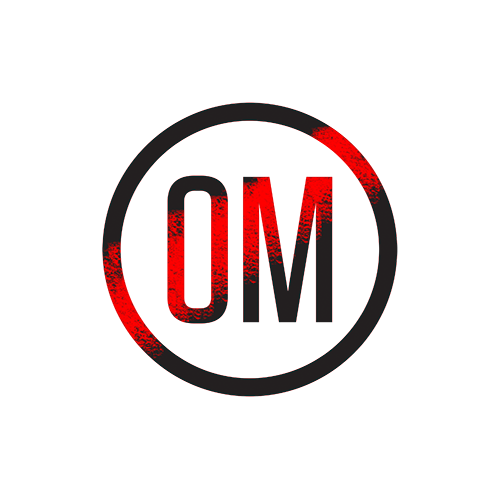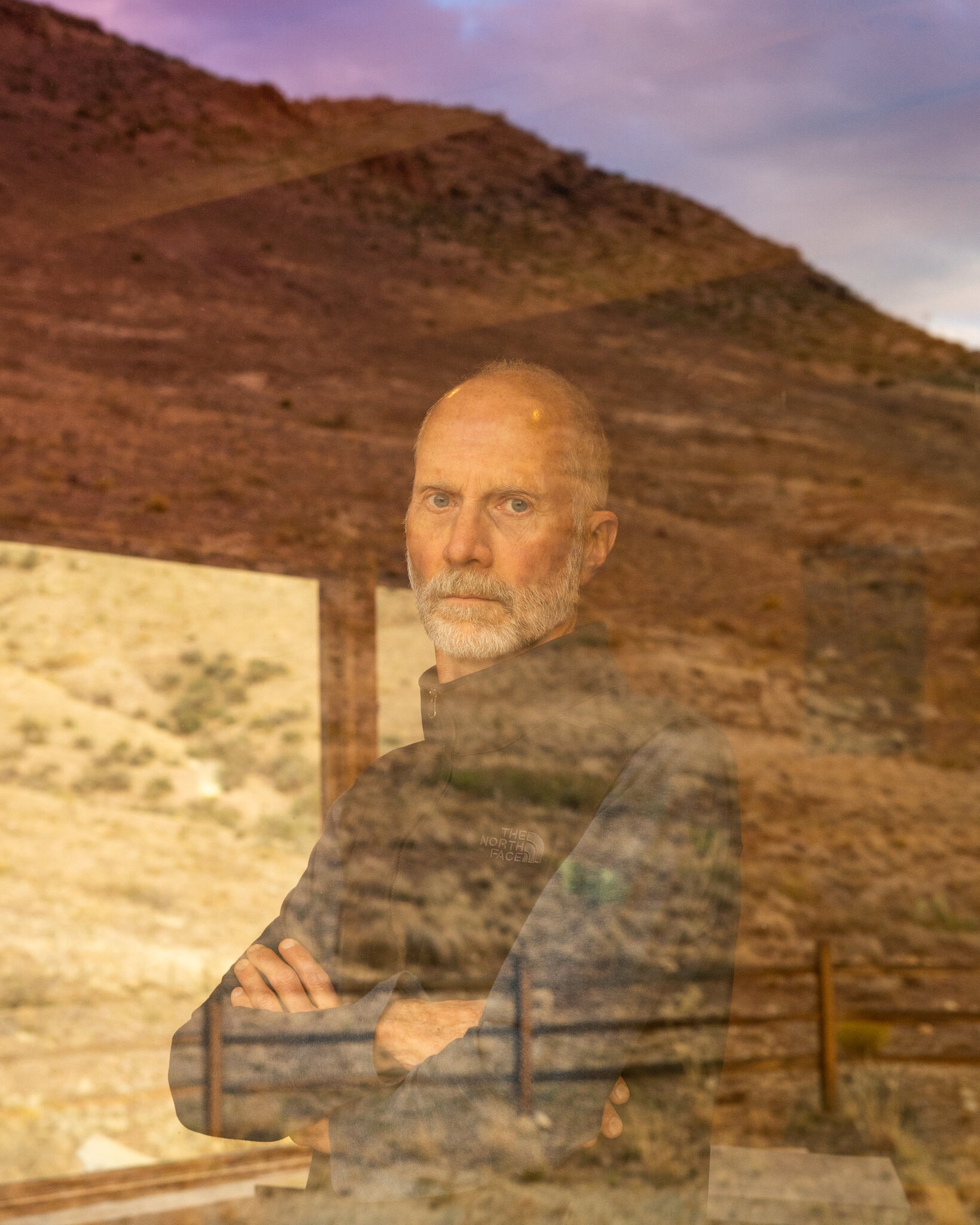Noah Creshevsky, Composer of ‘Hyperreal’ Music, Dies at 75
OBITUARY BY STEVE SMITH
Noah Creshevsky, a composer of sophisticated, variegated electroacoustic works that mingled scraps of vocal and instrumental music, speech, outside noise, television snippets and other bits of sound, died on Dec. 3 at his home in Manhattan. He was 75.
His husband, David Sachs, said the cause was cancer.
Mr. Creshevsky studied composition with some of the most prominent figures in modern music, including the French pedagogue Nadia Boulanger and the Italian composer Luciano Berio.
Rather than pursuing a career that might have resulted in concert-hall celebrity, Mr. Creshevsky found his calling in the studio-bound world of electronic music. Using the prevailing technologies of the day — at first cutting and splicing magnetic tape, later using samplers and digital audio workstations — he made music that was dizzyingly complex in its conception and construction.
But because he built his works from everyday sounds as well as voices and instruments, his compositions felt accessible, engaging and witty. The term he used to describe his music, and the philosophy that animated it, was “hyperrealism.”
The “realism” comes from what we hear in our shared environment, and the “hyper” from the “exaggerated or excessive” ways those sounds are handled, Mr. Creshevsky wrote in “Hyperrealism, Hyperdrama, Superperformers and Open Palette,” an influential 2005 essay.
“Contemporary reality is so densely layered and information-rich and so far removed from a hypothetical state of ‘naturalness’ that hyperrealism is an accurate term for identifying the fabric of daily life,” he continued. “We live in a hyperrealist world.”
Mr. Creshevsky conveyed those qualities through his music with wild juxtapositions and fantastical distortions. He used recordings of John Cage’s speaking voice to create “In Other Words” (1976), a leisurely whirlpool of disembodied chatter. In “Great Performances” (1978), clips of classical-music performances and deadpan announcers poke gentle fun at highbrow culture. “Strategic Defense Initiative” (1978) mashes up martial-arts movie sound bites, funk beats and inexplicable noises in an exuberant tour de force of tape manipulation.
The same energy and wit animate Mr. Creshevsky’s digital creations. In “Ossi di Morte” (1997), tiny scraps of recorded opera are stitched into a vignette that never existed. Similarly, “Götterdämmerung” (2009) infuses samples of the Klez Dispensers, a local klezmer ensemble, with superhuman energy and speed.
Mr. Creshevsky was also a much-admired teacher. He joined the faculty of Brooklyn College in 1969 and served as director of the college’s trailblazing Center for Computer Music from 1994 to 1999. He also taught at the Juilliard School and Hunter College in New York and spent the 1984 academic year at Princeton University.

Image

Noah Creshevsky was born Gary Cohen on Jan. 31, 1945, in Rochester, N.Y., to Joseph and Sylvia Cohen. His father worked in his family’s dry-cleaning business, and his mother was a homemaker. He changed his surname to Creshevsky, according to Mr. Sachs, “to honor his grandparents, whose name it was.” At the same time he also changed his first name, because, he said, “I never felt like a Gary.”
The Cohen household was not especially musical, but young Gary was drawn to a piano that had been bought for his older brother. His parents, Mr. Sachs said, “were surprised to see toddler Noah — his legs too short to reach the pedals — picking out pop melodies he had heard and retained.”
He began his formal musical training at 6, in the preparatory division of the Eastman School of Music in Rochester. “Since my nature is that of a composer rather than a performer, I never liked spending much time practicing someone else’s composition,” Mr. Creshevsky said in an interview published by Tokafi, a music website. “Instead of working on the music that had been assigned by my teachers at Eastman, I spent many hours improvising at the piano.” He made money, he said, working as a cocktail pianist at bars and restaurants.
After finishing at Eastman in 1961, he earned a bachelor of fine arts degree at the State University of New York at Buffalo, now known as the University at Buffalo, in 1966. There he studied with the noted composer Lukas Foss. He also spent a year with Boulanger at the École Normale de Musique in Paris, in 1963 and 1964, a rite of passage for many prominent American composers.
After graduating he moved to New York City, where he founded a new-music group, the New York Improvisation Ensemble. He studied with Berio at Juilliard and earned his master’s degree in 1968.
Not long afterward, Mr. Creshevsky gave up composing music meant to be performed live. In espousing hyperrealism, he identified two chief threads in his own work.
Beginning with “Circuit,” a 1971 work for harpsichord and tape, he used sounds derived from familiar instruments, including the voice, to evoke “superperformers,” a term he applied to artificial performances of inhuman dexterity and exactitude.
The idea had many precedents, Mr. Creshevsky wrote in 2005, including the violin music of Paganini, the piano music of Liszt and the player-piano works of Conlon Nancarrow.
He also sought to radically expand the sonic palette available to a composer, a venture aided by affordable personal computers and the advent of sampling. Composers could now “incorporate the sounds of the entire world into their music,” he wrote. The result, he proposed, would be “an inclusive, limitless sonic compendium, free of ethnic and national particularity.”
Mr. Creshevsky’s view of music education balanced a healthy respect for classical music’s lineage and literature with an open-minded approach to global culture and emerging technologies. “It seems probable that the next Mozart will not play the piano, but will be a terrific player of computer games,” he predicted in the Tokafi interview. “A senior generation needs to educate itself by understanding that digital technologies are creative instruments of quality.”
He retired from Brooklyn College in 2000, and in 2015 he delivered his personal archives of recordings, papers and ephemera to the New York Public Library for the Performing Arts. Over the years he had documented much of his music on record labels that specialized in classical or experimental music. He found a kindred spirit and fervent advocate in the composer and saxophonist John Zorn, whose Tzadik label issued compelling discs of Mr. Creshevsky’s compositions in 2007, 2010 and 2013.
Another album suggested that Mr. Creshevsky’s influence had traveled well beyond the classical avant-garde. “Reanimator,” a career-spanning 2018 survey, appeared on Orange Milk, a label associated with contemporary styles like vaporwave and hyperpop.
Seth Graham, a founder of the label, had heeded a friend’s advice to listen to Mr. Creshevsky’s music, and was struck by its audacity and prescience. Mr. Graham contacted Mr. Creshevsky on Facebook to propose a recording project — a gesture that quickly yielded a fast friendship.
Orange Milk, Mr. Graham said, functioned like a close-knit community in which artists shared tips and feedback with one another. “Noah started to interact with all of us,” he said in an email, “and I know for many artists, it was helpful and a joy to interact with him.”





